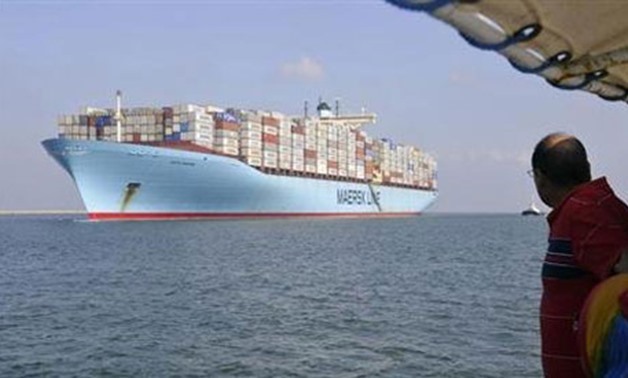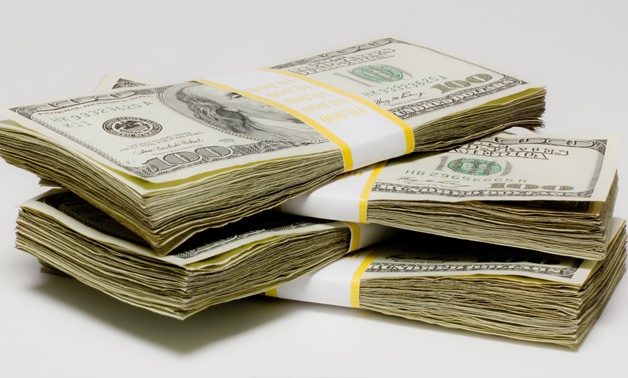Trade Balance

The report attributed this decline to a drop in the value of exports of certain commodities.

Bahraini investments in Egypt reached $2.7 billion; ranking number 14 in the list of countries which invest in Egypt.

Egypt and the United Arab Emirates (UAE) enjoy solid economic relations that have particularly developed following the 30 June revolution in 2013.

Egypt’s trade balance was one of the beneficiaries from the flotation of the Egyptian pound late last year.

Around 84 percent of FDI in Q1 were directed to the petroleum sector, according to the CBE.

Exports went up 17 percent in August to stand at $2.17 billion, compared to $1.86 billion in the same month last year.

Furniture exports declined 10 percent between January and September 2017 to $244.2 million, compared with $272 million in the same period last year.

Supply commodities include 15 food items, representing 16 percent of Egypt’s non-oil imports.

The duties will increase on the rebar iron imported from China, Turkey and Ukraine.

Kabil made the statement as he headed to Abu Dhabi Monday morning, along with President Abdel Fatah al-Sisi.

The advance achieved by the Egyptian exports contributed to increasing the trade balance between the two countries to $735 million.

Egyptian exports to COMESA countries increased 290.6 percent in 2015.

Egyptian imports from the EU went down 29 percent in that period to $8.15 million from $11.5 million in the corresponding period last year.

Exports declined to $1.8 billion in June 2017, after registering $2.28 billion in May 2017. Deficit of trade balance reached $1.8 billion in June.

"Imports used to kill industry for their bad quality and for the lack of surveillance," Minister of Trade Tarek Kabil noted.

Medicaments and pharmacy products’ imports fell 15.2 percent to $159 million in May 2017, compared to $187.6 million in the same month of 2016.

Imports from the UAE, Saudi Arabia, Bahrain, Oman, Qatar and Kuwait also rose to $2.65 billion in the period between January and May 2017.

Egypt’s exports increased 9.4 percent to $14 billion in the period between November 2016 and June 2017, after the devaluation.

A wrap-up for the most prominent news circulated during the day.

The trade balance deficit declined 46 percent or $11 billion to reach $13 billion in the first half of 2017, down from $24 billion in the year-ago period.